Soviet cinema offers a unique window into the life, culture, and history of Russia during the Soviet era. This curated selection of 10 films provides a deep dive into the themes of Russian identity, societal changes, and historical events, showcasing the artistic prowess of Soviet filmmakers. These films not only entertain but also educate, offering a nuanced understanding of Russia's past and its people's resilience and spirit.

Ivan's Childhood (1962)
Description: Andrei Tarkovsky's debut feature film explores the psychological effects of war on a young boy, offering a profound look at innocence lost amidst the backdrop of WWII.
Fact: The film won the Golden Lion at the Venice Film Festival.
 Watch Now
Watch Now
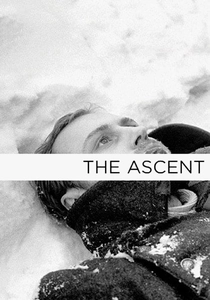
The Ascent (1977)
Description: A stark portrayal of two Soviet partisans during WWII, this film examines themes of sacrifice, betrayal, and the human spirit under extreme conditions.
Fact: It won the Golden Prize at the 10th Moscow International Film Festival.
 Watch Now
Watch Now

The Diamond Arm (1969)
Description: A comedic masterpiece that satirizes the smuggling operations during the Cold War, showcasing the lighter side of Soviet life and the ingenuity of its people.
Fact: It remains one of the most popular Soviet comedies, often quoted and referenced in Russian culture.
 Watch Now
Watch Now
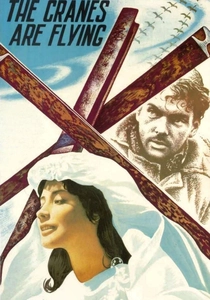
The Cranes Are Flying (1957)
Description: This poignant war drama captures the emotional turmoil of a young woman whose fiancé goes missing during WWII, reflecting the impact of war on personal lives and the resilience of the Russian spirit.
Fact: The film won the Palme d'Or at the Cannes Film Festival in 1958, marking a significant achievement for Soviet cinema.
 30 Days Free
30 Days Free
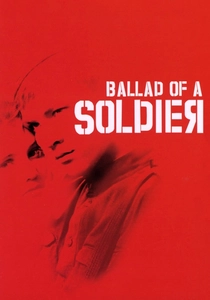
Ballad of a Soldier (1959)
Description: A touching story of a young soldier granted a brief leave to visit his mother, highlighting the human side of war and the sacrifices made by ordinary people.
Fact: The film was nominated for an Academy Award for Best Original Screenplay.
 30 Days Free
30 Days Free
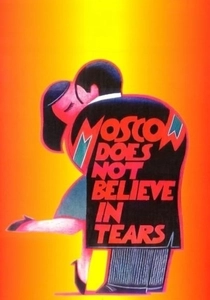
Moscow Does Not Believe in Tears (1980)
Description: A sweeping epic that follows the lives of three women over three decades, capturing the societal changes in Russia and the personal struggles of its citizens.
Fact: The film won the Academy Award for Best Foreign Language Film.
 30 Days Free
30 Days Free
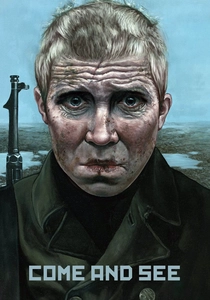
Come and See (1985)
Description: A harrowing depiction of the Nazi occupation of Belarus, this film is a brutal and unflinching look at the horrors of war and its impact on civilians.
Fact: It was ranked among the greatest war films ever made by Empire magazine.
 30 Days Free
30 Days Free
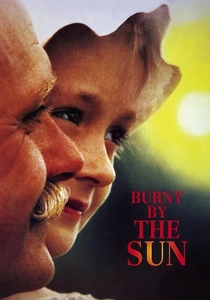
Burnt by the Sun (1994)
Description: This film delves into the paranoia and purges of the Stalinist era, focusing on a day in the life of a Red Army hero, reflecting on the personal costs of political turmoil.
Fact: It won the Academy Award for Best Foreign Language Film.
 30 Days Free
30 Days Free

The Irony of Fate (1975)
Description: This romantic comedy-drama explores the concept of fate through a series of humorous misunderstandings, reflecting on the uniformity of Soviet urban life.
Fact: It has become a New Year's Eve tradition in Russia, with many families watching it annually.
 30 Days Free
30 Days Free

The Barber of Siberia (1998)
Description: Although released post-Soviet era, it captures the spirit of the 19th-century Russia, focusing on the life of a young American woman and her encounters with Russian military cadets.
Fact: The film was a major production, involving extensive sets and costumes to recreate historical Russia.
 30 Days Free
30 Days Free









